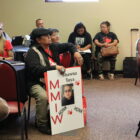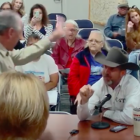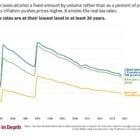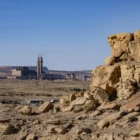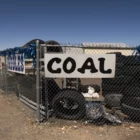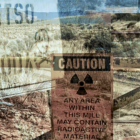Indigenous Affairs
Indian Affairs Committee wants $3 million for Attorney General work on missing and murdered Indigenous people cases
 |
|
The Attorney General’s Office has made advances this year in addressing the crisis of missing and murdered Indigenous people (MMIP), but it needs dedicated funding from the Legislature to keep it up, Mark Probasco, deputy director of the office’s Special Prosecutions Division, told the Indian Affairs Committee on Thursday.
The legislative committee didn’t argue, passing a motion to recommend inclusion of $3 million in the state budget for the office to continue its work on a nationwide issue that’s gained increased attention in New Mexico in recent years.
A state task force published a response plan in May with a number of recommendations, although what legislative action might come next is unclear.
There are at least 192 Indigenous people missing throughout New Mexico and the Navajo Nation, according to a list the FBI last updated in October. State officials and lawmakers say that’s likely an undercount.
Senate Bill 12, signed by Gov. Michelle Lujan Grisham in February, created a specialist position in the AG’s Office and allocated $1 million to a grant program aimed at establishing a network to support efforts by tribal nations to identify and find Indigenous people who are missing.
An additional $1 million for at least one full-time specialist didn’t make it into the final version of the bill. As a result, the AG’s Office has been drawing resources from other areas, Probasco told the committee.
“It’s one thing for the state to say that it is committed towards this important work,” Probasco said. “We do the best with the resources that we do have, but the reality is that in order for us to maximize the law that has been passed and to make sure that we give these families the best chance at moving forward, it has to be better funded.”
Since February, the office has assisted in prosecutions, helped compile the FBI list, built partnerships with other law enforcement agencies, and collaborated with the New Mexico Press Association to offer training on how to humanely cover MMIP cases, Probasco said.
Probasco pointed to the murder of Cecelia B. Finona (Diné). After being reported missing in 2019, the 59-year-old Farmington resident was found dead in 2021.
Jerry Jay was prosecuted with help from the AG’s Office and pled guilty in September to first-degree kidnapping and second-degree murder.
